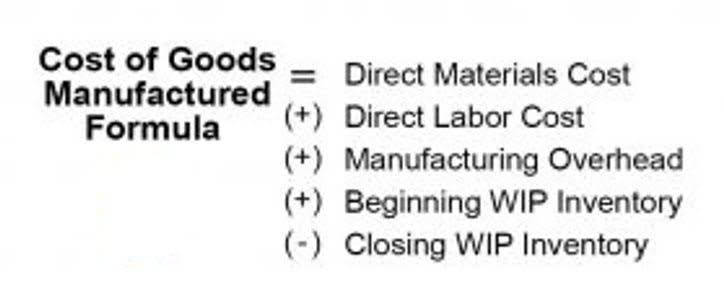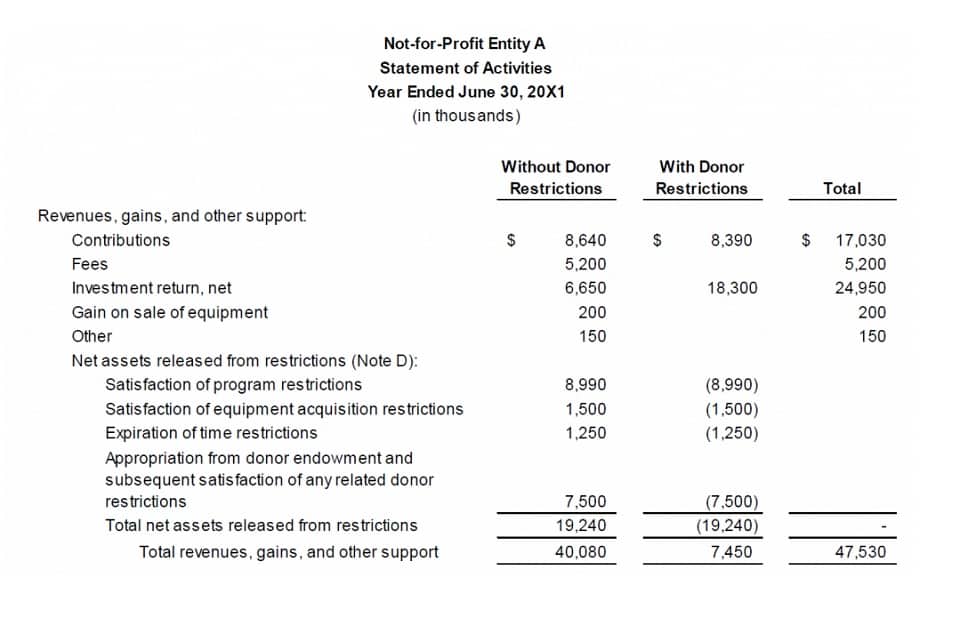A modified variant of this method is the discounted payback method which considers the time value of money. The payback method of evaluating capital expenditure projects is very popular because it’s easy to calculate and understand. It has severe limitations, however, and ignores many important factors that should be considered when evaluating the economic feasibility of projects. The payback period with the shortest payback time is generally regarded as the best one. This is an especially good rule to follow when you must choose between one or more projects or investments. The reason for this is because the longer cash is tied up, the less chance there is for you to invest elsewhere, and grow as a business.
- The first is that it fails to take into account the time value of money (TVM) and adjust the cash inflows accordingly.
- Ideally, businesses would pursue all projects and opportunities that hold potential profit and enhance their shareholder’s value.
- This is because of its simplicity; it fails to recognize everyday business scenarios.
- The payback period refers to the amount of time it takes to recover the cost of an investment.
A high ROI means the investment’s gains are greater than its cost. A payback period, on the other hand, is the time it takes to recover the cost of an investment. This period does not account for what happens after payback occurs.
Payback period formula for even cash flow:
Considering that the payback period is simple and takes a few seconds to calculate, it can be suitable for projects of small investments. The method is also beneficial if you want to measure the cash liquidity of a project, and need to know how quickly you can get your hands on your cash. That’s why business owners and managers need to use capital budgeting techniques to determine which projects will deliver the best returns, and yield the most profitable outcome. The breakeven point is the price or value that an investment or project must rise to cover the initial costs or outlay. The payback period refers to how long it takes to reach that breakeven. It is possible that a project will not fully recover the initial cost in one year but will have more than recovered its initial cost by the following year.
Generally speaking, an investment can either have a short or a long payback period. The shorter a payback period is, the more likely it is that the cost will be repaid or returned quickly, and hence, the more desirable the investment becomes. The opposite stands for investments with longer payback periods – they’re less useful and less likely to be undertaken. A payback period refers to the time it takes to earn back the cost of an investment. More specifically, it’s the length of time it takes a project to reach a break-even point. The breakeven point is the level at which the costs of production equal the revenue for a product or service.
This also means that the entire evaluation is going to be weighted towards capitalizing on the short-term gains. However, in certain cases, it may be smarter to look at longer-term cash flow. Unfortunately, this method can obscure or manipulate long-term assessments and therefore can make some projects look more viable than they really are. Sam’s Sporting Goods is expecting its cash inflow to increase by $16,000 over the first four years of using the embroidery machine. Thus, the payback period for the embroidery machine is four years.
The payback period can be a valuable tool for analysis when used properly to determine whether a business should undertake a particular investment. However, this method does not take into account several key factors including the time value of money, any risk involved with the investment or financing. For this reason, it is suggested that corporations use this method in conjunction with others to help make sound decisions about their investments. Despite its appeal, the payback period analysis method has some significant drawbacks. The first is that it fails to take into account the time value of money (TVM) and adjust the cash inflows accordingly.
Pay-back Period Method Formula: The Maths Behind
Management must understand the right investments to pursue to keep liquidity in the business for more growth. The management of Health Supplement Inc. wants to reduce its labor cost by installing a new machine in its production process. For this purpose, two types of machines are available in the market – Machine X and Machine Y. Machine X would cost $18,000 where as Machine Y would cost $15,000. In this guide, we’ll be covering what the payback period is, what are the pros and cons of the method, and how you can calculate it, with concrete business examples. This method also does not take into account other factors such as risk, financing or any other considerations that come into play with certain investments.
What are the Advantages of Payback Period?
The payback period for the $100,000 investment is approximately 2.75 years ($30,000 + $40,000 + $30,000 of Year 3’s $40,000). Thirdly, divide the Initial Investment by the Annual Cash Inflows to get the PBP. Finally, analyse the result, a PBP less than project’s life expectancy might indicate a worthwhile investment.
Comparing Payback Period with Other Methods
Here’s a hypothetical example to show how the payback period works. Assume Company A invests $1 million in a project that is expected to save the company $250,000 each year. If we divide $1 million by $250,000, we arrive at a payback period of here’s when the irs can take your ira tax deduction away four years for this investment. Conversely, the longer the payback, the less desirable it becomes. For example, if solar panels cost $5,000 to install and the savings are $100 each month, it would take 4.2 years to reach the payback period.
Comparison of two or more alternatives – choosing from several alternative projects:
Payback periods indicate how long it will take for an investor to recoup their initial investment. Dive into the world of business studies with a comprehensive exploration of the Pay-back Period Method. This crucial financial tool offers invaluable insight when assessing investment opportunities and forms the bedrock of sound managerial decision-making. You’ll uncover the facts behind this principle, delve into its advantages and disadvantages, and learn how to apply it effectively within real business contexts. Additionally, get to grips with the influence the Pay-back Period Method exerts on managerial economics and financial risk management. A few inputs are needed to help corporate managers make effective decisions important to the company’s growth.
The payback period is a simple and popular method of evaluating the profitability of an investment project. It measures how long it takes for the initial cash outlay to be recovered by the cash inflows generated by the project. However, using the payback period as a decision criterion also has some drawbacks that limit its usefulness and accuracy. In this article, you will learn about the advantages and disadvantages of using the payback period as a decision tool in P&L management.







